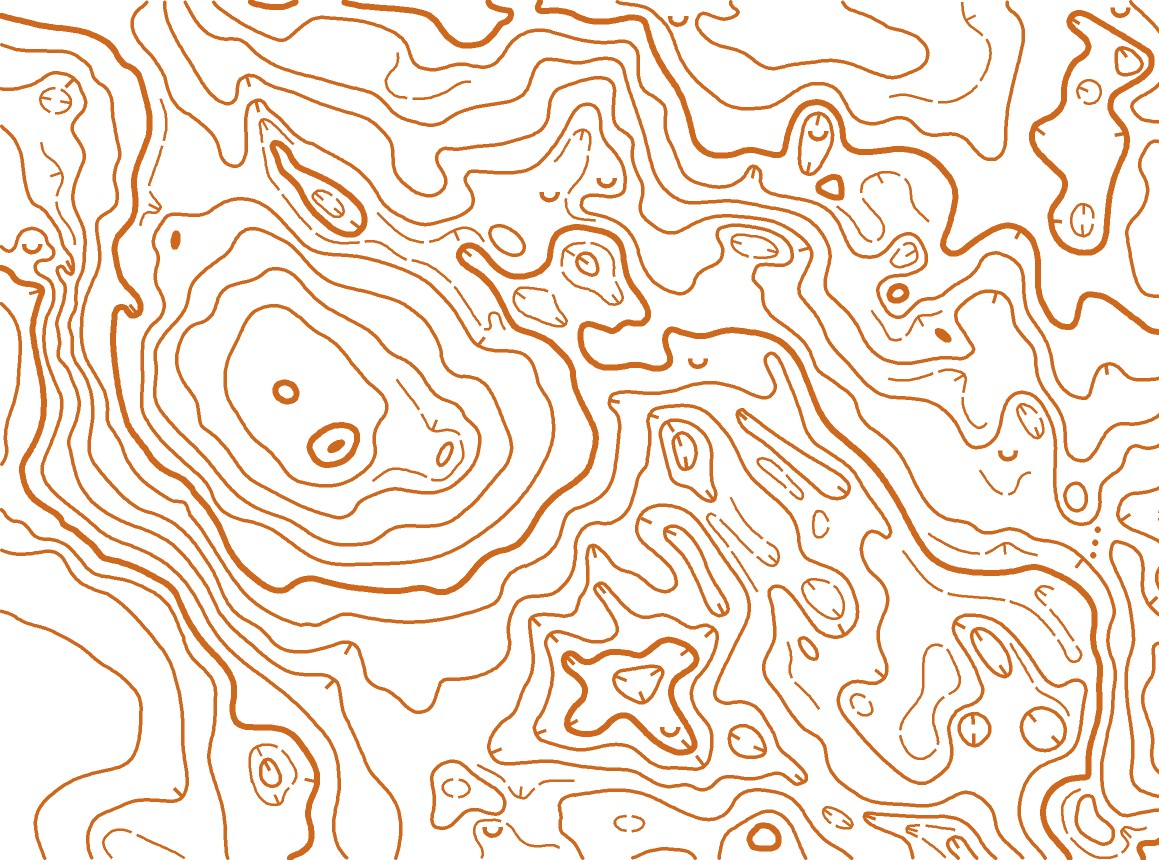In today’s interconnected world, the Global Positioning System, commonly known as GPS, has become an indispensable tool for navigation. Whether you’re driving through an unfamiliar city, hiking in the wilderness, or even tracking shipments across the globe, GPS technology silently guides us to our destinations with remarkable accuracy. But have you ever wondered how this marvel of modern engineering actually works? Let’s take a closer look at the inner workings of GPS.
Understanding the Basics:
At its core, GPS is a network of satellites orbiting the Earth. Originally developed by the United States Department of Defense for military purposes, GPS has since been made available for civilian use worldwide. The system comprises a constellation of at least 24 satellites, strategically positioned in orbit around the Earth.
Each of these satellites continually broadcasts signals containing precise time and location data. By receiving signals from multiple satellites simultaneously, GPS receivers can determine their own exact position, velocity, and time anywhere on Earth’s surface.
Triangulation: The Key Principle:
The fundamental principle behind GPS operation is called triangulation. Imagine you’re lost in the wilderness, and you know the distance from yourself to three visible landmarks. By determining the exact locations of those landmarks and using basic geometry, you can pinpoint your own location. GPS operates on a similar principle but on a much larger scale and with satellites instead of landmarks.
When your GPS receiver picks up signals from multiple satellites, it calculates the time it took for each signal to reach it. Since the speed of the signals (the speed of light) is known, the receiver can calculate how far away each satellite is. By overlapping the spheres centered on each satellite with radii equal to the calculated distances, the receiver can determine its own position where the spheres intersect. This intersection is your precise location on Earth’s surface.
Satellite Constellation and Signal Accuracy:
For accurate positioning, GPS receivers need signals from at least four satellites. This ensures that there are enough data points to account for factors like signal delay caused by the Earth’s atmosphere and the receiver’s clock errors. Additionally, the geometry of the satellites affects accuracy; better positioning is achieved when satellites are spread out across the sky rather than clustered in one area.
Factors Affecting GPS Accuracy:
While GPS is incredibly accurate, several factors can affect its precision:
- Satellite Geometry: Poor satellite geometry, such as satellites clustered in one area of the sky, can reduce accuracy.
- Atmospheric Conditions: Signal delay caused by atmospheric conditions, such as ionospheric and tropospheric effects, can introduce errors.
- Obstructions: Buildings, trees, or other structures can obstruct GPS signals, leading to reduced accuracy in urban environments or dense forests.
- Multipath Interference: Signals bouncing off surfaces before reaching the receiver can cause inaccuracies.
Future Developments:
As technology advances, efforts are underway to improve GPS accuracy further and overcome its limitations. This includes the development of new satellite constellations, such as Europe’s Galileo system and China’s BeiDou Navigation Satellite System, which aim to provide global navigation coverage with improved accuracy and reliability.
Conclusion:
From guiding travelers to enabling precision agriculture and facilitating disaster relief efforts, GPS has transformed the way we navigate and understand our world. By harnessing the power of satellites and the principles of triangulation, GPS provides us with unparalleled accuracy and reliability in determining our position anywhere on Earth. As technology continues to evolve, the future of GPS promises even greater capabilities, ensuring that we remain on the right track, no matter where our journey takes us.


Leave a Reply